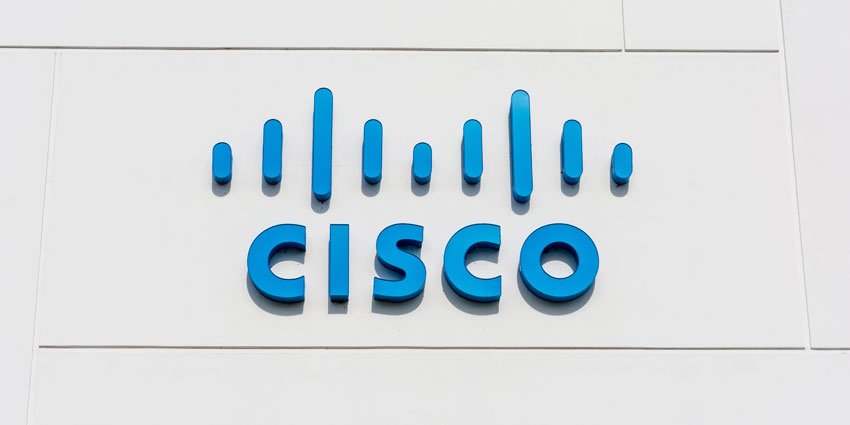Today, more than 1 in 3 contact centre leaders agree that customers have become more demanding, making it critical that you match inbound customer calls with an agent equipped with the right skills.
Mots of a modern contact centre’s challenges have to do with staffing inadequacies. Be it attrition, insufficient staffing budgets, or dramatic upskilling requirements, you have to optimally utilise your contact centre workforce to keep up with customer demand/expectations. Predictive call routing can prove to be a valuable enabler, helping you to maximise the resources and skills you have at hand.
Predictive Routing Definition and Benefits
Predictive routing (also called predictive call routing) can be defined as a call routing technology that evaluates each interaction based on a customer’s past behaviour, product preferences, persona type, and other variables to predict the skills and personality traits an agent would need to serve them in the most optimal manner. It then matches the interaction to an available agent guided by this prediction, updating itself as new data comes in.
Usually, primitive call routing systems route incoming calls to the next available agent on the queue. At best, they might be able to register specific skill requirements (e.g., proficiency in a particular language) through the IVR, and route the call to the relevant team.
Predictive routing brings a radical improvement to this approach.
- Ensures the highest possibility of first contact resolution (FCR)
- Prevents overburdening agents by adapting to their existing call queue
- Learns from third-party and publicly available customer data, including social media
- Strikes the perfect balance between efficiency and engagement
- Personalises interactions by matching customers with an agent who empathises with their background
An insurance company used predictive routing to boost sales by 34%. It recognised the state to which a caller belonged by studying caller ID data. The routing systems predictive algorithm identified skills most relevant to that state and routed the call accordingly.
Through this approach, the company lifted sales without any increase in cost per acquisition.
You can configure predictive routing systems as per your business requirements to enable accurate and effective decisions.
Alternatives to Predictive Routing
Predictive isn’t the only available routing system for contact centres. You can choose the “next available agent” model, where customers are automatically passed into the next agent on the queue. This is ideal for new businesses, yet to plot their customer behaviour in detail or environments where high-speed data processing and automated decision aren’t possible.
Skill-based routing is your next alternative, where the customer registers their preference via IVR, or during their first interaction with an agent. The call is routed or transferred accordingly.
Finally, predictive behavioural routing (PBR) is an emerging alternative to predictive routing, using AI to analyse customer voice and sentiment. This is a subset of predictive, giving the analytics engine more data to act on. Technologies like AI and ML are exponentially enhancing predictive routing capabilities, making smarter decisions and incrementally learning from every new interaction.







